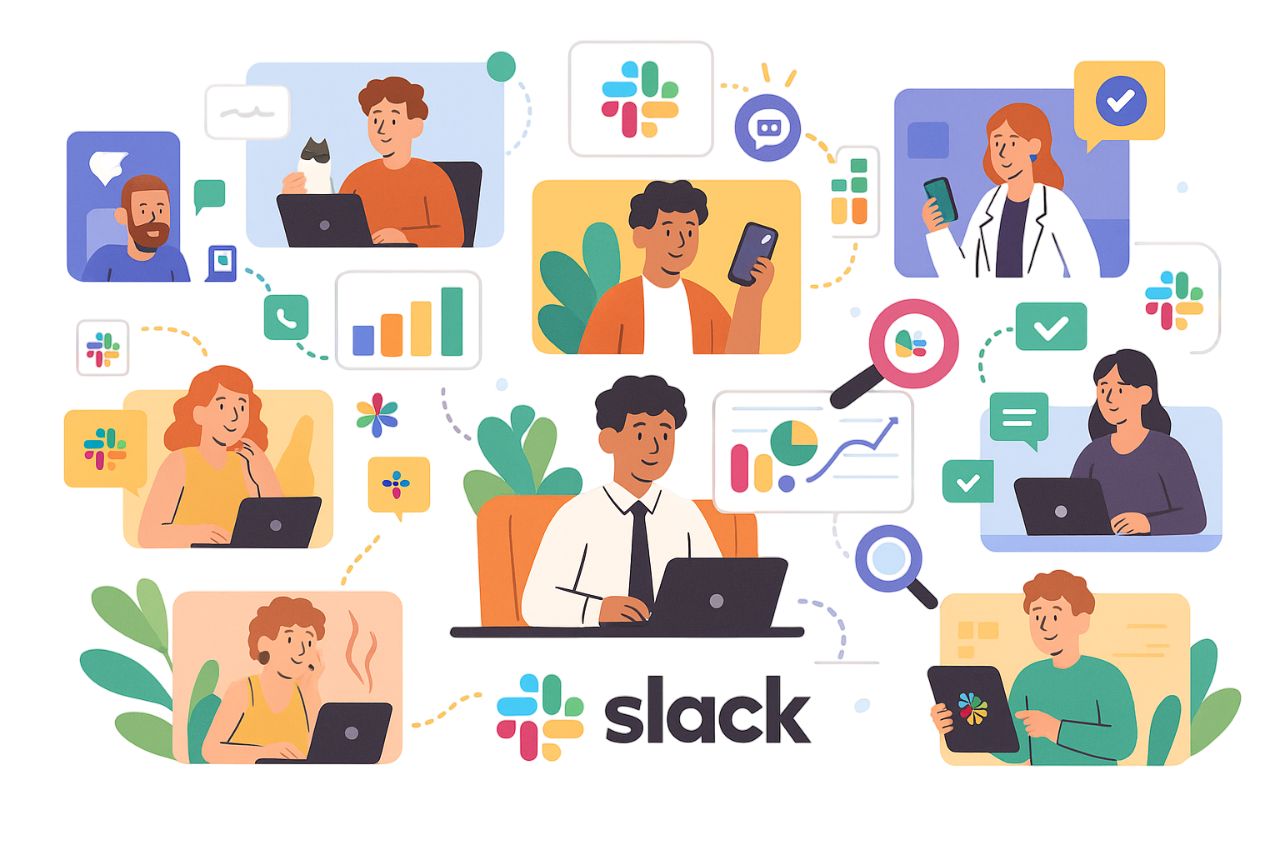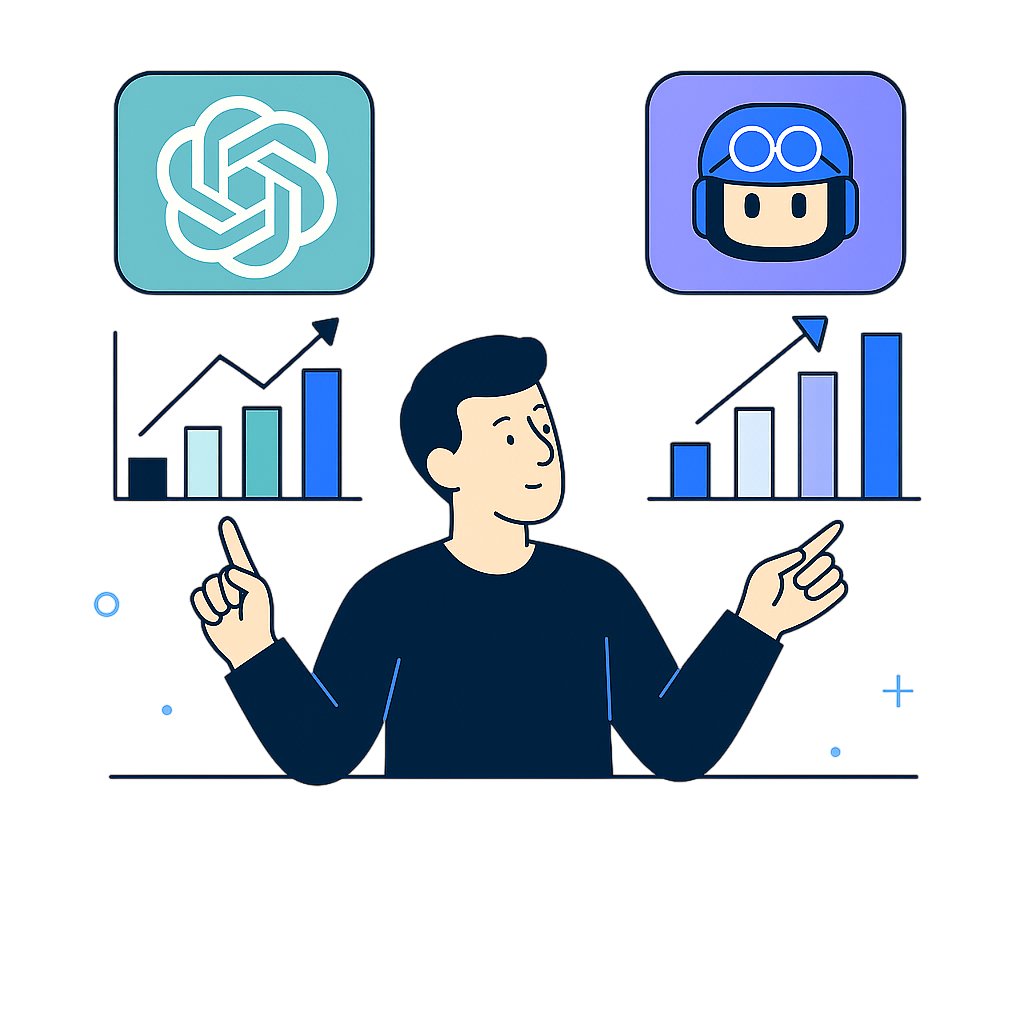
Track if Employees Utilize Slack AI
Discover how to track whether employees are using Slack AI effectively. Learn the best methods, tools, and insights to measure adoption, boost productivity, and maximize the value of Slack’s AI features.

AI Literacy in Workforce
Explore the importance of AI literacy in today’s workforce. Learn how building AI skills empowers employees, boosts productivity, and prepares organizations for the future of work.

ChatGPT vs. Copilot for Enterprise Workflows
Explore how ChatGPT and Copilot compare for enterprise workflows. This blog breaks down their core features, strengths, and practical use cases to help organizations choose the right AI tool for productivity and automation.

Tracking and Optimizing Your ChatGPT Usage
Learn how to monitor and enhance your ChatGPT usage with practical tips on usage tracking, cost management, prompt optimization, and performance insights to get the most value from every interaction.

Salesforce’s AI Boosts Employee Productivity
Elevate team efficiency and simplify daily operations with Salesforce’s powerful AI features. Explore how automation and smart insights drive peak performance across your organization.






